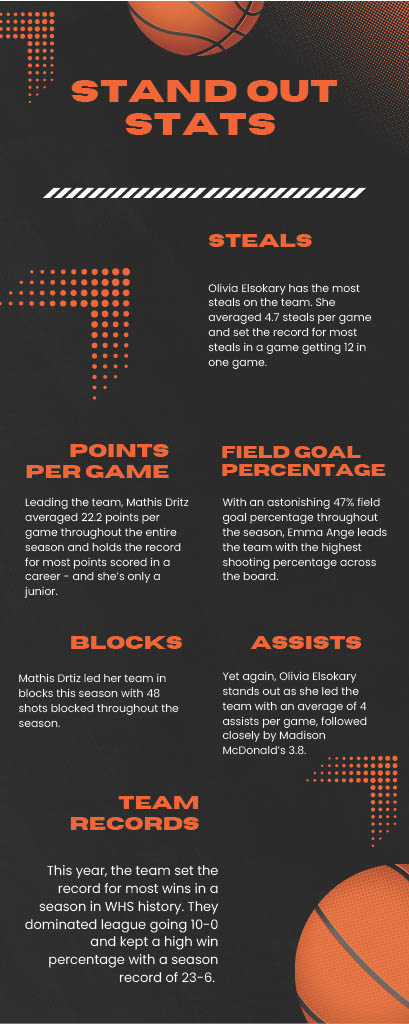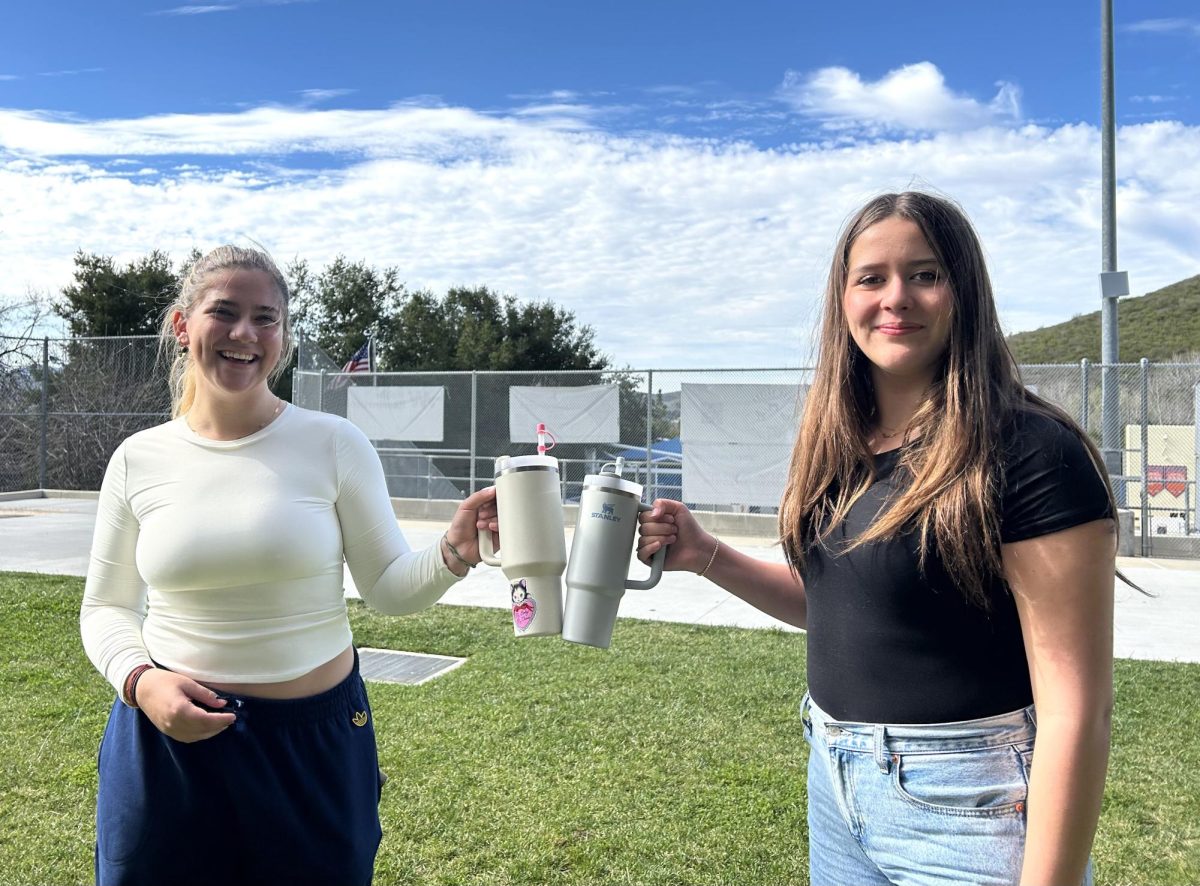Long gone are the days of VSCO girls with their hydro flasks and hair scrunchies. Now, a new generation of water bottles is here: the Stanley Cup.
The Stanley brand has steadily grown in popularity over the last five years, but it saw a large surge of attention in the latter half of 2023. The Buy Guide, a retail blog, began to resell the original Stanley Quencher Cups which kept them on the market despite previous low sales, according to cnbc.com. Following a 2022 redesign of The Quencher H2.0 FlowState, the brand saw $402 million in revenue, more than double the $193 million in 2021, according to cnbc.com.
The redesign standardized the design, with a thinner lower half to fit cup holders and a handle for carrying, and introduced a wide variety of colors. This made the cup beloved by many for its combination of aesthetics and accessibility.
Many started to view their Stanleys as statement pieces, not a piece of utility. Some even bought multiple pieces in different colors to match outfits or occasions. Additionally, others started businesses based on Stanley Cups, selling add–ons or personalized bottles.
Extras that people sell include shoulder straps, mini backpacks, straw covers, personalized nameplates, keychains and more. Some may argue that these ornaments allow for self–expression, but ultimately they do not add to the functionality of the Stanley Cup.
The Stanley Cup still holds the same amount of liquid, regardless of what color it comes in or the addition of adorning trinkets. The growth in popularity of this water bottle is not just a fun trend — it’s a reflection of increasing overconsumption.
Excess buying is not a light issue. People turn to shopping as a way to feel gratification, especially in difficult situations. In fact, 83% of Americans admit to overspending, according to a 2023 online study of 2070 individuals done by theharrispoll.com.
Buying more may provide temporary joy over the novelty of owning something new, especially when it comes to trendy products. People feel a sense of instant gratification after they get a novelty to use and show off. However, when the “honeymoon phase” ends and people realize they do not need the number of products they bought, they are left with once–treasured items finding their way into the trash.
This also contributes to the growth of landfills and the deterioration of our planet. When it comes to plastic, less than 10% of the 7 billion tonnes produced is recycled, according to unep.org. It is ironic when people overshop and end up throwing their Stanleys away, for then they contribute to the same waste problem that reusable water bottles are meant to solve.
It may seem like buying just one extra product won’t do any harm, but everything works in a chain. Especially when products cycle in and out of use as quickly as the changing trends, there’s a real danger that comes along with engaging in retail therapy, no matter what the product is.
There’s always a human desire to want more. In their youth, children clamor to get more toys, but parents stop them because it’s unsustainable and unnecessary. Adolescents and adults must hold themselves to the same standards they would hold a child to when it comes to buying novelties.
Ultimately, people must refrain from impulse buying. It’s not inherently wrong to own something trendy. There’s a difference between owning popular items out of a desire to fit in and owning them because they are a necessity, with trendiness as a bonus. It’s easy to fall prey to psychological manipulation weaved within trends and buy without thinking. Individuals must evaluate whether they need a product, or whether they simply want it before buying.



























